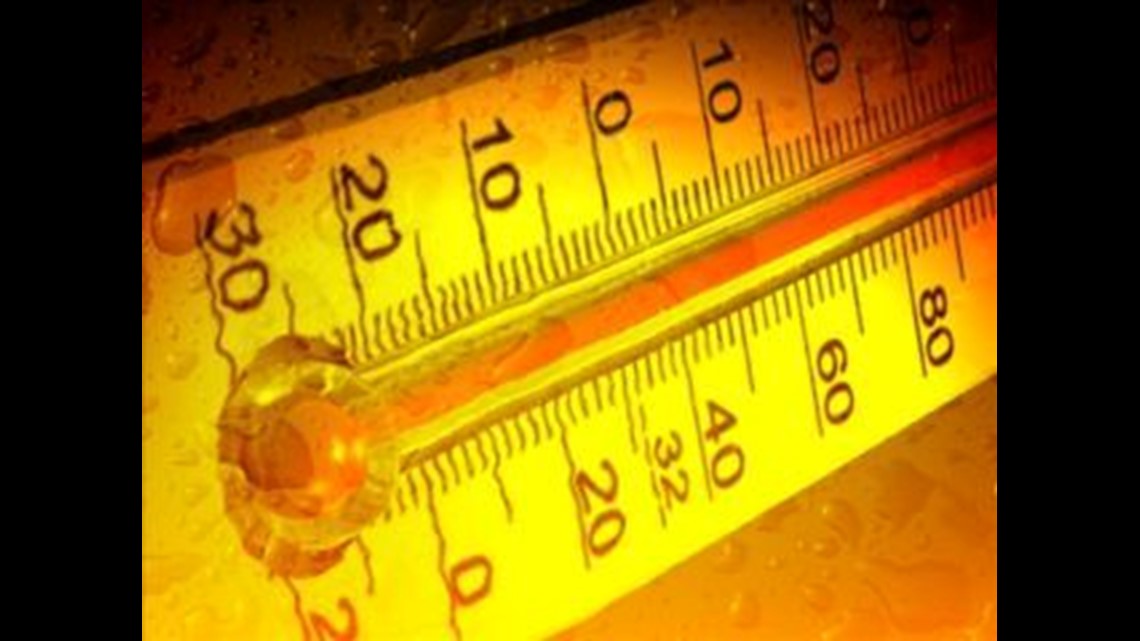

Here is some useful information to stay cool and safe in high temperatures.
In the hot summer months ahead, the American Red Cross reminds people to take extra precautions to stay cool and safe.
When the temperature climbs past 90 degrees for more than three days, experts recommend remaining indoors. Even short exposure to extreme heat may have harmful effects-causing dehydration, heat exhaustion, heat stroke or worse. The very young and very old are particularly vulnerable, so check on elderly neighbors and make sure everyone in your family stays cool and drinks plenty of water, including toddlers and pets.
If you cannot avoid going outdoors, be sure to take the following precautions to avoid heat-related illnesses:
- Dress for the heat - Wear lightweight, light-colored clothing. Light colors will reflect away some of the sun's energy. It is also a good idea to wear hats or to use an umbrella.
- Drink water - Carry water or juice with you and drink continuously even if you do not feel thirsty. Avoid alcohol and caffeine, which dehydrate the body.
- Eat small meals - Eat smaller meals and eat more often. Avoid foods that are high in protein which increase metabolic heat.
- Avoid using salt tablets - Avoid using salt tablets unless directed to do so by a physician.
- Slow down - Avoid strenuous activity. If you must do strenuous activity, do it during the coolest part of the day, which is usually in the morning between 4:00 a.m. and 7 a.m.
- Take regular breaks - When engaged in physical activity on warm days, take time out to find a cool place. If you or someone else experience symptoms of a heat-related illness, stop activity and find a cool place to rest. Remember, have fun, but stay cool.
The key to avoiding heat-related illness is to think light. Keep a moderate or low level in activity, exposure, and intensity to remain safe. The same theory applies to diet, with lighter meals, and clothes, with lighter materials and colors.
Should you or someone you know show signs of heat exhaustion or heat stroke, it is important that you treat the symptoms immediately.
Heat-related illness comes in stages. The first sign or stage is usually painful heat cramps of the muscles. These can be treated by stopping activity, cooling the body and taking in more fluids. The next, more serious stage is heat exhaustion. It can be generally be treated the same as heat cramps.
Symptoms of heat exhaustion include:
- Cool, moist, pale skin (the skin may be red right after physical activity); skin may or may not feel hot
- Headache or dizziness
- Weakness or exhaustion
- Nausea
The signals of the late stage of a heat-related illness (often called heat stroke) include:
- High body temperature (sometimes as high as 105 degrees)
- Skin may still be moist or the victim may stop sweating and the skin may be red, hot and dry
- Decreased alertness level or complete loss of consciousness
- Rapid, weak pulse
- Rapid, shallow breathing
- Vomiting

